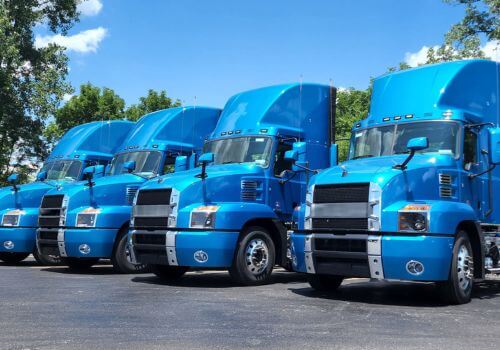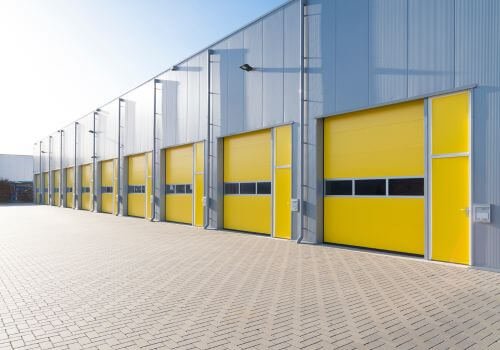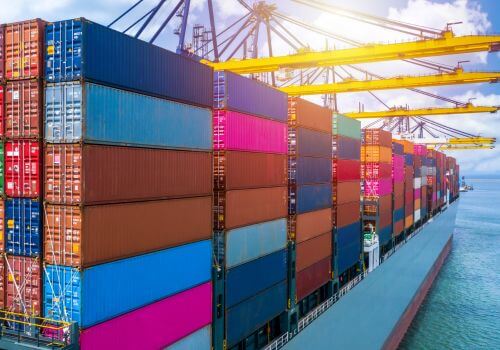Air freight plays a crucial role in the global logistics industry, offering speed and efficiency unmatched by other modes of transportation. Whether you’re new to logistics or exploring air freight for your business, this guide will walk you through the basics, benefits, processes, and considerations involved in air freight.
What is air freight?
Air freight refers to the transportation of goods via airplanes. It is a key component of the logistics industry, designed to move cargo quickly across long distances. This mode of transportation is ideal for high-value, time-sensitive goods such as electronics, pharmaceuticals, and perishable items.
What are the advantages of air freight?
Air freight offers several advantages that make it a preferred choice for businesses:
- Speed: Airplanes are the fastest mode of transportation, making air freight ideal for urgent shipments.
- Global reach: Air freight connects even the most remote locations through an extensive network of airports.
- Reliability: Airlines operate on fixed schedules, ensuring timely delivery.
- Security: Cargo transported by air is subject to strict security measures, reducing risks of theft or damage.
However, it’s important to note that air freight can be more expensive than other modes of transport, such as sea or road freight.
What are the different types of air freight services?
Air freight services can be categorized into several types based on shipment needs:
- Express shipping: Designed for small packages that need immediate delivery.
- Standard air freight: Suitable for larger shipments that are not as time-sensitive.
- Charter services: Used for oversized or specialized cargo that requires dedicated aircraft.
- Intermodal shipping: Combines air freight with other modes of transportation (e.g., road or rail) for a seamless logistics solution.
What does the air freight process look like?
Air freight involves a series of steps that ensure goods are transported efficiently from one location to another. Here’s a simplified breakdown of how the process works:
1. Booking the shipment
The first step is arranging the shipment. This is typically done by contacting a freight forwarder or directly working with an airline. You’ll need to provide details about your cargo, including its weight, dimensions, destination, and urgency.
2. Packing the goods
Once the shipment is booked, the goods must be securely packed to meet airline regulations. Proper packaging protects your items during transit and ensures they comply with safety standards. Fragile or sensitive items may require special packaging.
3. Preparing documentation
Air freight requires specific paperwork, such as an airway bill (the contract between the shipper and airline), commercial invoices, and customs declarations. Accurate documentation is essential to avoid delays and ensure smooth processing.
4. Transporting to the airport
After packing and paperwork are complete, the cargo is picked up from your location (if arranged) or delivered to the departure airport. This part of the process often involves road transport.
5. Customs clearance at origin
Before the cargo can leave the country, it must pass through export customs clearance. This step ensures that all legal requirements are met and that your shipment complies with local regulations.
6. Loading onto the aircraft
Once cleared by customs, your goods are loaded onto the aircraft. Airlines use specialized equipment and trained personnel to handle cargo safely, especially if it’s oversized or requires temperature control.
7. Air transport
The cargo is flown from the origin airport to the destination airport. Depending on the route and airline schedule, this may involve direct flights or transshipment through hub airports.
8. Customs clearance at destination
Upon arrival at the destination airport, your goods must go through import customs clearance. This step verifies that your shipment meets local regulations and that any applicable duties or taxes are paid.
9. Final delivery
After clearing customs, the cargo is handed over for final delivery. This is usually done via road transport to reach its intended recipient or storage facility.
Who are the key players in air freight logistics?
Air freight logistics involves a network of key players who work together to ensure shipments are transported efficiently and safely. Here’s a breakdown of the main participants and their roles:
- Shippers: Businesses or individuals sending goods.
- Freight forwarders: Companies that coordinate shipping arrangements and handle documentation.
- Airlines: Provide aircraft for cargo transport.
- Customs authorities: Ensure compliance with import/export regulations.
- Ground handling agents: Manage loading/unloading and storage at airports.
What are the factors affecting air freight costs?
The cost of air freight can vary depending on several key factors. Understanding these will help you plan your shipments and manage expenses effectively.
- Weight vs. volume: Airlines charge based on either the actual weight of your cargo or its volumetric weight (also called dimensional weight)—whichever is higher. Volumetric weight is calculated using the size of the package, so bulky but lightweight items can still cost more.
- Distance: The farther your cargo needs to travel, the higher the cost. Longer routes require more fuel and resources, which increases shipping rates.
- Type of goods: Special types of cargo, like fragile items, hazardous materials, or temperature-sensitive goods (e.g., food or medicine), often require extra handling or equipment, which adds to the cost.
- Speed of delivery: If you need your shipment to arrive quickly, express or priority services will cost more than standard shipping options.
- Seasonal demand: During peak seasons, such as holidays or major shopping events, air freight demand increases, which can drive up prices. Planning ahead during these times can help you avoid higher costs.
In summary, Air Freight in logistics is the transportation of goods by aircraft, offering a fast and reliable way to ship valuable or time-sensitive cargo across long distances.






